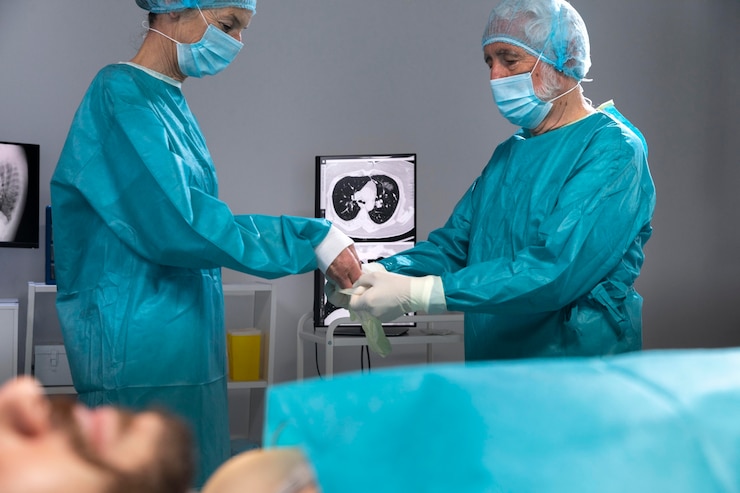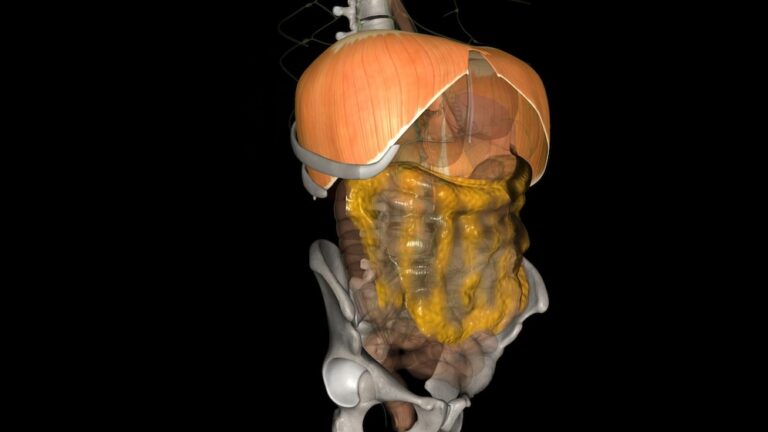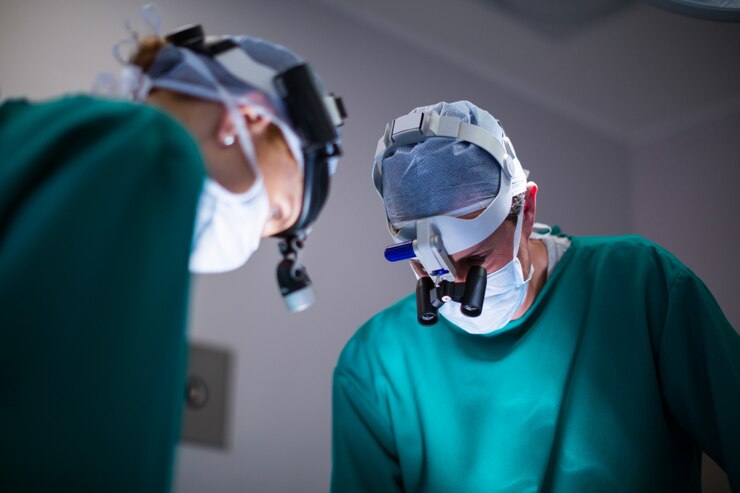Understanding Hydrocele Surgery: Procedure Recovery and Considerations.
Hydrocele surgery is a common procedure performed to treat hydroceles, a condition characterized by the accumulation of fluid around the testicle, leading to swelling and discomfort. While hydroceles often resolve on their own, surgery may be necessary if the condition persists or causes significant discomfort. In this article, we’ll explore hydrocele surgery in detail, including its procedure, recovery process, and important considerations for patients.
To Know More About It Please Click Here
What is a Hydrocele?
A hydrocele is a buildup of fluid in the sac surrounding the testicle, known as the tunica vaginalis. This fluid accumulation can cause the scrotum to swell, resulting in discomfort or pain. Hydroceles are common in newborns and usually resolve on their own within the first year of life. However, in older children and adults, hydroceles may persist and require medical intervention, such as surgery.
Hydrocele Surgery Procedure
Hydrocele surgery, also known as hydrocelectomy, is typically performed as an outpatient procedure under general or local anesthesia. The surgery involves draining the fluid from the hydrocele sac and repairing the underlying cause to prevent recurrence. There are two main techniques used for hydrocele surgery:
- Needle Aspiration: In this minimally invasive approach, a needle is inserted into the scrotum to drain the fluid from the hydrocele sac. While needle aspiration provides temporary relief from swelling, it may not prevent recurrence and is often used as a temporary measure or in cases where surgery is not feasible.
- Hydrocelectomy: Hydrocelectomy is a surgical procedure in which an incision is made in the scrotum to access the hydrocele sac. The fluid is drained, and the sac is either partially or completely removed. In some cases, the surgeon may also place a temporary drain to prevent fluid accumulation during the initial healing period.
Recovery After Hydrocele Surgery
The recovery period following hydrocele surgery varies depending on the individual’s age, overall health, and the type of procedure performed. However, here are some general guidelines for recovery:
- Rest and Recovery: Patients are typically advised to rest and avoid strenuous activities for several days following surgery. Elevating the scrotum and applying ice packs can help reduce swelling and discomfort.
- Pain Management: Pain medication may be prescribed to manage postoperative pain. It’s essential to follow the surgeon’s instructions regarding medication dosage and frequency.
- Follow-Up Appointments: Patients will need to attend follow-up appointments with their surgeon to monitor healing progress and address any concerns or complications.
- Resuming Normal Activities: Most patients can resume normal activities, including work and light exercise, within a few weeks after surgery. However, strenuous activities and heavy lifting should be avoided for a longer period, as advised by the surgeon.
- Monitoring for Recurrence: While hydrocele surgery is usually effective in treating the condition, there is a risk of recurrence. Patients should monitor for any signs of swelling or discomfort and report them to their surgeon promptly.
Considerations Before Hydrocele Surgery
Before undergoing hydrocele surgery, patients should discuss the procedure, potential risks, and expected outcomes with their surgeon. It’s essential to inform the surgeon about any underlying medical conditions, allergies, or medications. Additionally, patients should follow preoperative instructions regarding fasting, medication, and any necessary preparations.
To Know More About It Please Click Here
Conclusion
Hydrocele surgery is a safe and effective treatment option for individuals with persistent or symptomatic hydroceles. By understanding the procedure, recovery process, and important considerations, patients can make informed decisions about their treatment and achieve optimal outcomes. With proper medical care and adherence to postoperative instructions, most patients can expect a successful recovery and relief from hydrocele-related symptoms.







